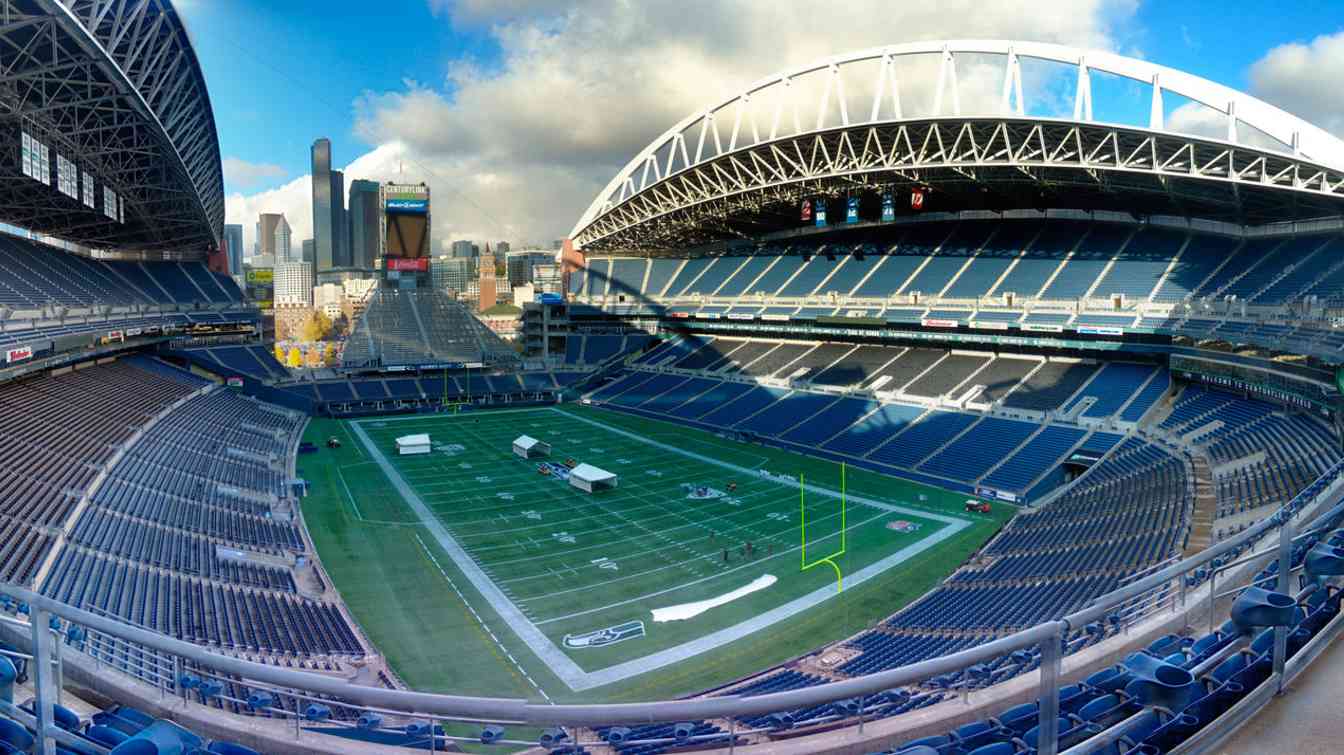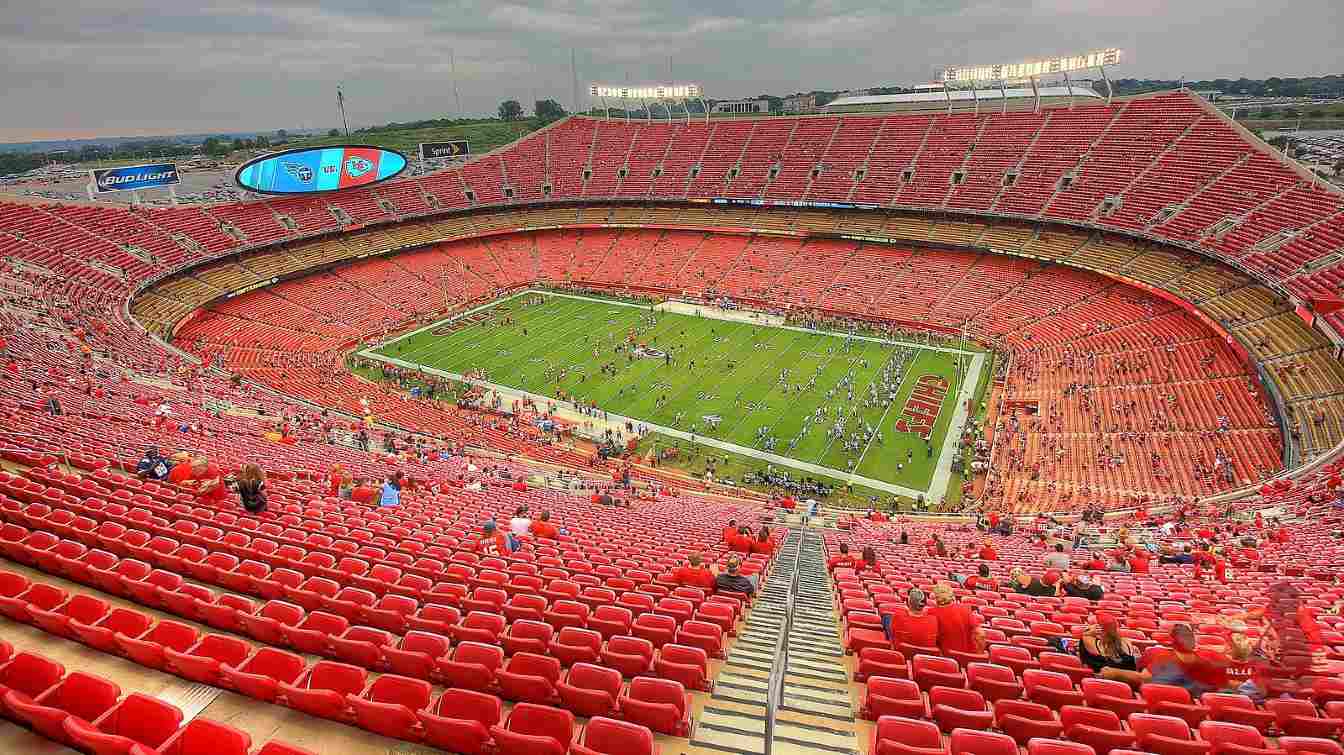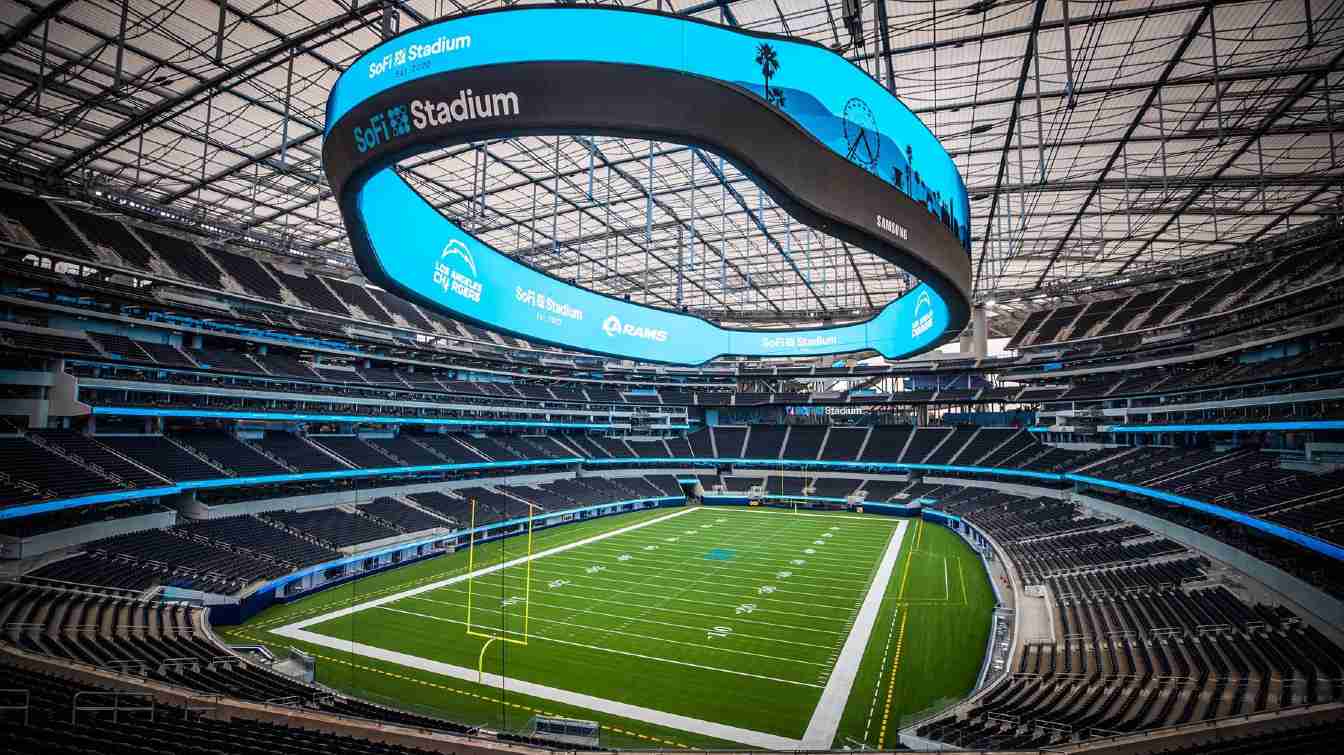World Cup 2026: Locations, stadiums and schedule
source: StadiumDB.com; author: Miguel Ciołczyk Garcia
 FIFA has already announced the details of the 2026 World Cup, which will be held in the USA, Mexico and Canada. As happens when a tournament of this size is co-hosted by several countries, there was no shortage of controversial decisions. So let's check what we already know about the 2026 World Cup.
FIFA has already announced the details of the 2026 World Cup, which will be held in the USA, Mexico and Canada. As happens when a tournament of this size is co-hosted by several countries, there was no shortage of controversial decisions. So let's check what we already know about the 2026 World Cup.
Advertisement
Who will we see at the World Cup?
It will not be news to our readers that the 2026 World Cup, which will take place between June 11 and July 19, will feature a record 48 teams divided into 12 groups. The top two teams from each group and the best eight of the third-placed teams will go through to 1/32. This will lead to a record 104 matches.
Of the 48 teams, Asia (AFC) is assured of eight places, one place less than Africa's CAF. CONCACAF, the association of Central and North American countries, on the other hand, is assured six places (including three for hosts Canada, Mexico and the USA), the same as South America's CONMEBOL, and Oceania (OFC). UEFA, on the other hand, will be represented by as many as 16 teams.
This makes a total of 46 nations. The other two will be determined by the play-offs, in which one country from each federation will play, in addition to CONCACAF, which will have two places, and UEFA, which will not field any team for the play-offs due to the 16 teams from Europe that will definitely play at the World Cup.
World Cup schedule in terms of countries and stadiums
It was difficult to expect any balance between the United States and Canada and Mexico, hence The Land Of Maple Leaf will host the national teams in 7 matches at the 52,465-seat big BC Place in Vancouver, as well as at BMO Field in Toronto, which caused mixed reactions among its citizens. Six matches will be played here. Canada will therefore host a total of 13 matches - 10 in the group stage, one 1/16 match each in both cities and one 1/16 match in Vancouver.
More fortunate was Mexico, which will host the World Cup clashes at three venues. These will be Estadio Akron in Guadalajara and Estadio BBVA in Monterrey, which will each host four group stage matches. In the capital, on the other hand, at Estadio Azteca fans will see 5 matches, 3 of group stage, one 1/16 and one 1/8 match. This gives a total of 13 matches in Mexico, the same number as Canada.
The remaining 78 matches went to the Americans. The host cities are Atlanta, Boston, Dallas, Houston, Kansas City, Los Angeles, Miami, New York (New Jersey), San Francisco,Seattle and Philadelphia, a total of 11 venues. You can find out all about the stadiums and host cities of the upcoming World Cup in the video on our channel:
What's the deal with the regions?
An interesting solution adopted by the organisers is to divide the venues hosting the teams competing for the World Cup title not by country, but by three regions, designated according to longitude - East, Central, West.
This is to make life easier for fans, who will thus avoid long journeys and jet-lag. 4 groups will play in Central region’s venues, 3 in the Western region, and 9 in the Eastern Region.
Here is how the stadiums are divided by region:
| Venue | City | Country | Region |
|---|---|---|---|
| BC Place | Vancouver | Canada | West |
| Lumen Field | Seattle | USA | West |
| Levi's Stadium | Santa Clara | USA | West |
| SoFi Stadium | Los Angeles | USA | West |
| Estadio Akron | Guadalajara | Mexico | Central |
| Estadio Azteca | Mexico City | Mexico | Central |
| Estadio BBVA | Monterrey | Mexico | Central |
| NRG Stadium | Houston | USA | Central |
| AT&T Stadium | Dallas | USA | Central |
| Arrowhead Stadium | Kansas City | USA | Central |
| Mercedes-Benz Stadium | Atlanta | USA | East |
| Hard Rock Stadium | Miami | USA | East |
| BMO Field | Toronto | Canada | East |
| Gillette Stadium | Boston | USA | East |
| Lincoln Financial Field | Philadelphia | USA | East |
| MetLife Stadium | New Jersey | USA | East |
More matches - more emotions
The effect of expanding the number of teams will, in addition to increasing the number of matches, be to make the road to the World Cup more difficult, because in addition to the 3 matches in the group stage, the top two teams will play 4 more matches before the final (or more if they go through the play-offs) - 1/16,1/8, quarter-final and semi-final. However, it will be ensured that, despite the increased number of matches, the players still will have time for the necessary rest.
FIFA assures that this arrangement is the best in terms of sporting integrity, player welfare, team movement, commercial and sporting appeal, and fan experience.
Each team will play at least three matches, and the knockout phase will be one round longer
than in previous competitions.
 © John Seb Barber (cc: by)
© John Seb Barber (cc: by)
Key matches
The opening match that the Mexican national team will play will be held on June 19 at the legendary Estadio Azteca in Mexico City, but many believe that the historic stadium should be the final venue. The following day, the Canadian and US teams will play their first matches - at BMO Field and SoFi Stadium respectively. The American venue has been given a consolation prize
as the inaugural venue for the US national team, after it tried to compete at the last minute to host the final.
It is at SoFi Stadium that the quarter-finals will be watched, but also at Arrowhead Stadium, which will undergo renovations before the World Cup, as well as at Gillette Stadium in Boston and Hard Rock Stadium in Miami. For the semi-finals, the four teams will travel to Atlanta at Mercedes-Benz Stadium and Dallas at AT&T Stadium, which, like many other venues, is to be renamed for the tournament. It is this venue that will host the most matches of all the cities - 9. As you can see, the USA dominates the knockout phase.
 © Mike Day
© Mike Day
Controversial final
After much anticipation, out of the three candidates to host the all-important match, FIFA chose MetLife Stadium, which was to be the favourite of President Gianni Infantino. However, the choice was criticised by many fans, with the main complaints being the poor surroundings and access, the low attractiveness of the stadium and the lack of history or personality. You can compare it to all the previous final venues here:
The bombs away, and the decision cannot be reversed. Many stadiums will undergo refurbishment for the 2026 World Cup and others will merely add temporary seats. One thing you can be sure of - this World Cup is unique in many ways, and there will be many exciting moments for both those in the stands and those sitting in front of their TV sets.
Advertisement
 StadiumDB
StadiumDB
 ©
©